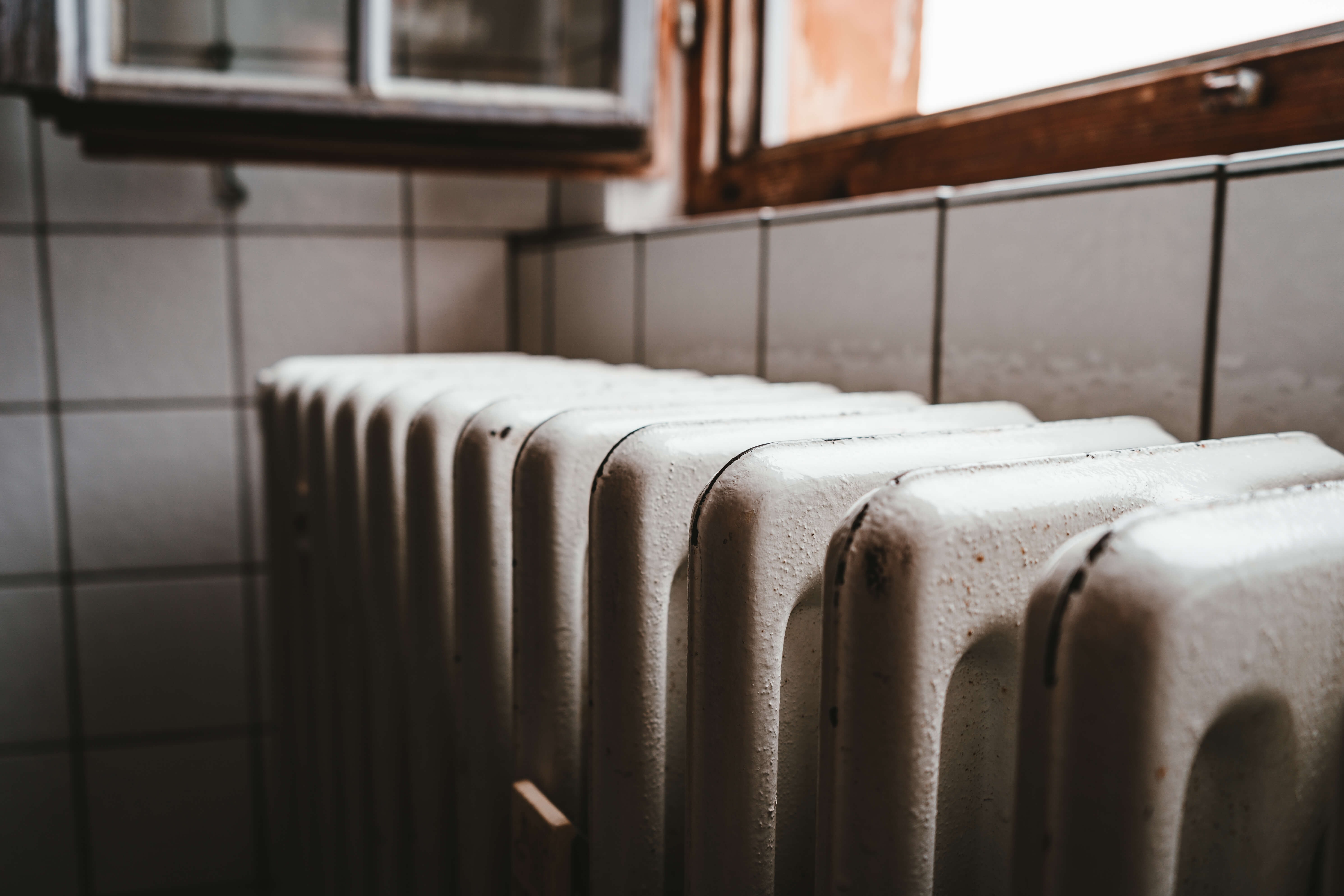
When it comes to updating our home’s décor one of the most overlooked items is often the humble radiator which generally serves a functional purpose. And, sure you can invest in fancy industrial style radiators but there is a simpler and cheaper option which is often overlooked. In this guide, we’ll take a look at how to paint the metalwork in your home and get great results every time.
Proper preparation
Whether you are painting a radiator, a metal staircase or bannister, balcony or railings, taking the time to properly prepare the surface will help to ensure that your paint job looks professional. When it comes to painting a radiator here are the preparations that you should be carrying out:
- Turn off your radiator and make sure it is cold
- Use a wet and dry abrasive paper to lightly rub down the surface
- Rinse and dry the radiator and coat any bare metal patches with a suitable primer
- Once the primer is dry you will need to mask off the radiator valves and pipework and also use backing paper to protect the wall behind your radiator
- Use a dust sheet to protect your floor and don’t forget to mask off any skirting board or woodwork under the radiator
Pick out your paint
While traditionally radiators have been painted white, the modern trend has seen colours such as charcoal, black and grey all increase in popularity. Whether you stick with the traditional paint scheme, opt for something a little bit more contemporary or go for bold and bright is entirely up to you. Don’t forget to check out our fantastic range of metal paints here.
Use the right tools
Just like it is important to use a paint that is formulated for use on metal so too is it important to use the right tools for painting. When it comes to painting metal you should be using a natural bristle brush with your solvent based paints, this is because the brush can take and hold paint better than synthetic bristles and the split ends help to produce a fine, streak free finish.
Paint in stages
Now that you are ready to begin you should start by painting the outside edges of your radiator first before moving on to the top and bottom panels. Once you have gone around the outside of the radiator you can work from the top to the bottom along the ridges of the radiator. Use long, sweeping brush strokes and always keep a wet edge by overlapping the previous section slightly. By doing this you will create a nice, even finish.
Top things to remember when painting a radiator
- Be sure that the radiator you intend to paint is turned off.
- Always clean and dry the radiator prior to painting.
- For best results a good quality primer will help provide good foundation for your top coat.
- Ensure that the room is well ventilated and cover any furniture, carpets or anything else well to avoid damage.
- Keep a ‘wet edge’ to avoid unsightly brush marks.
- Allow paint to dry for at least 24 hours before applying a second coat of paint.
- Keep the radiator turned off for a couple of days after painting to ensure that the paint is properly dry.
- Keep the room well ventilated when you first start using the radiator as there will be a strong paint smell over the first couple of days of use.
